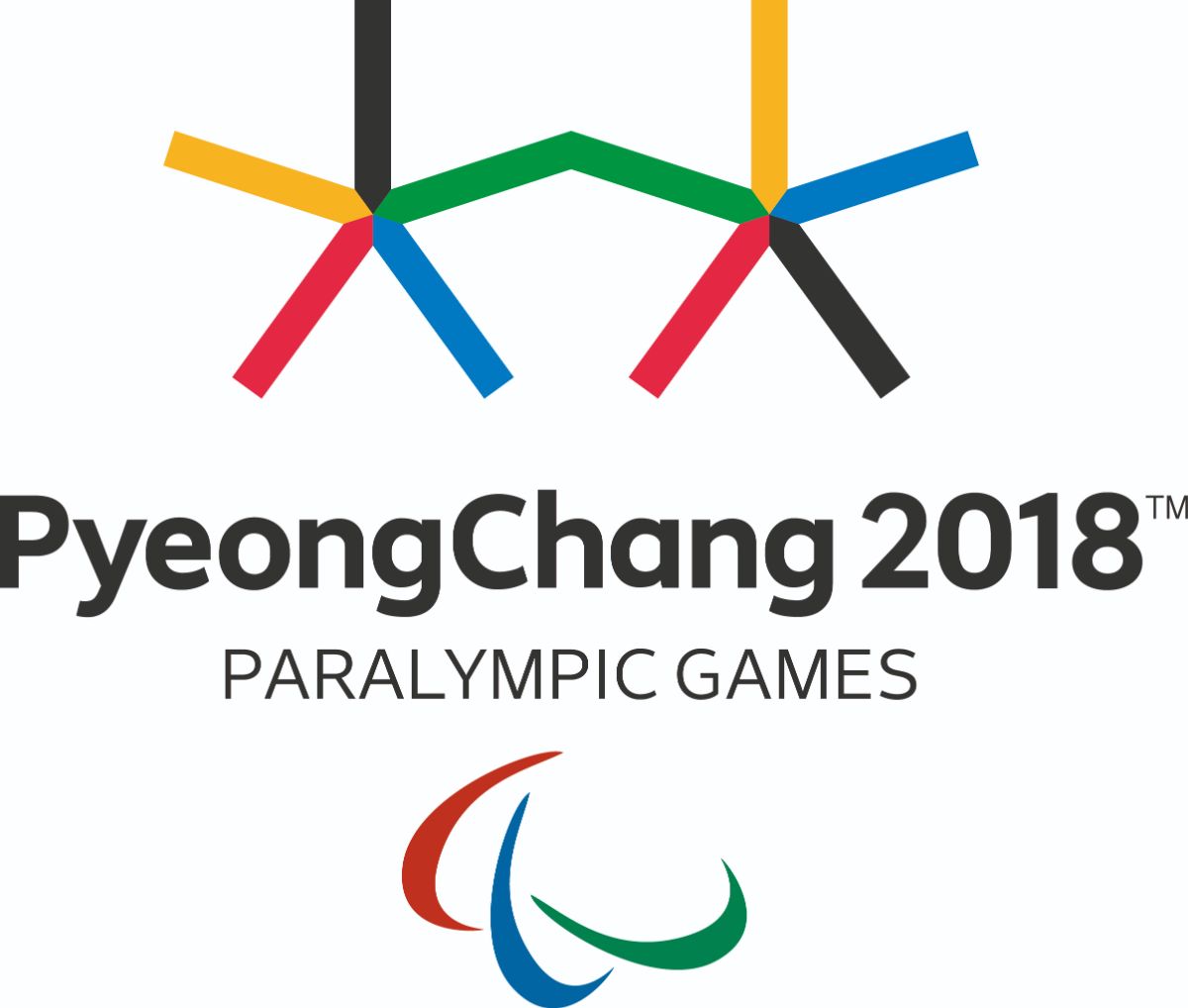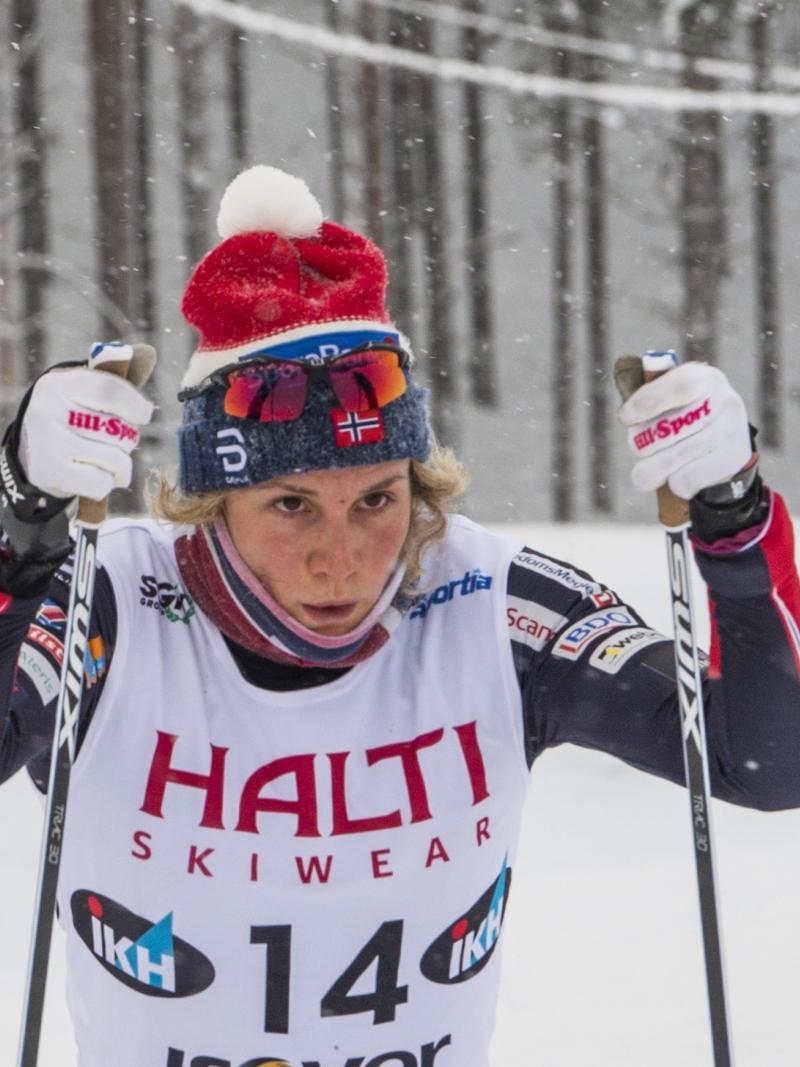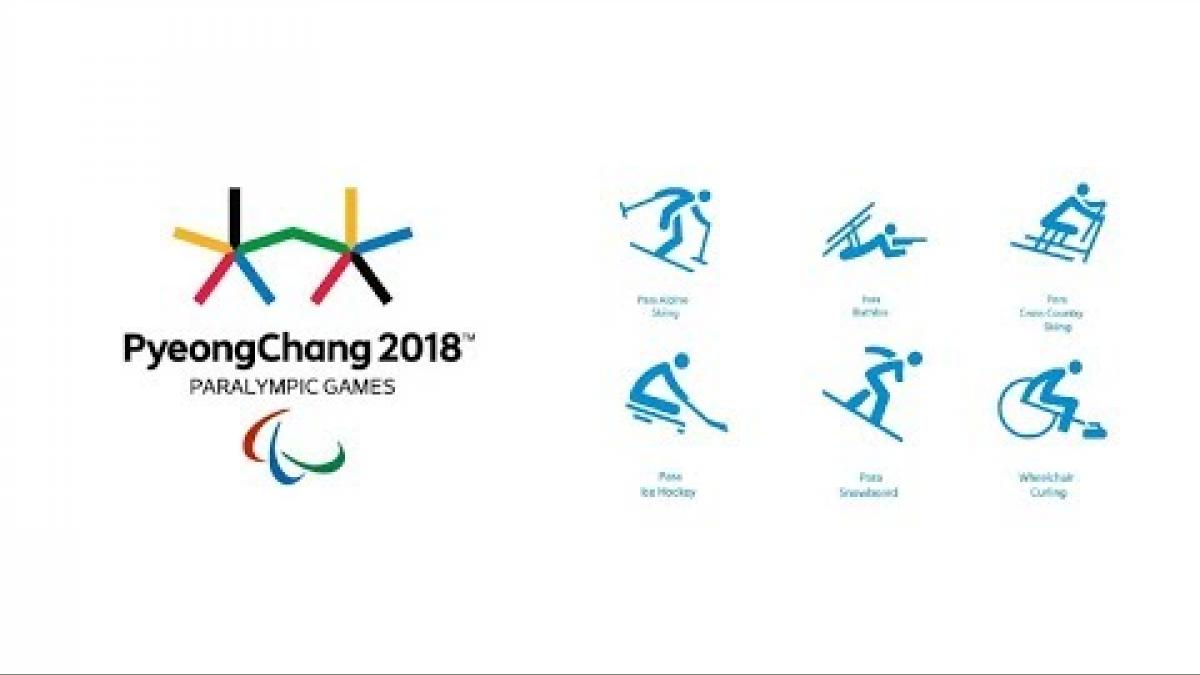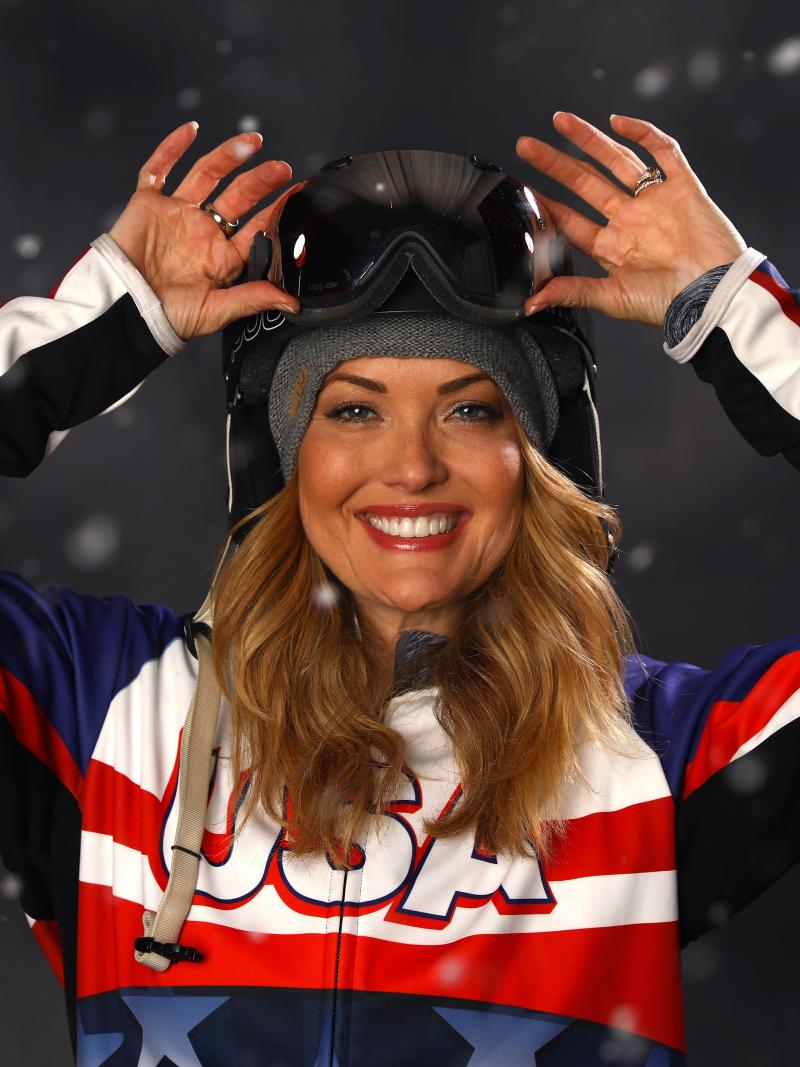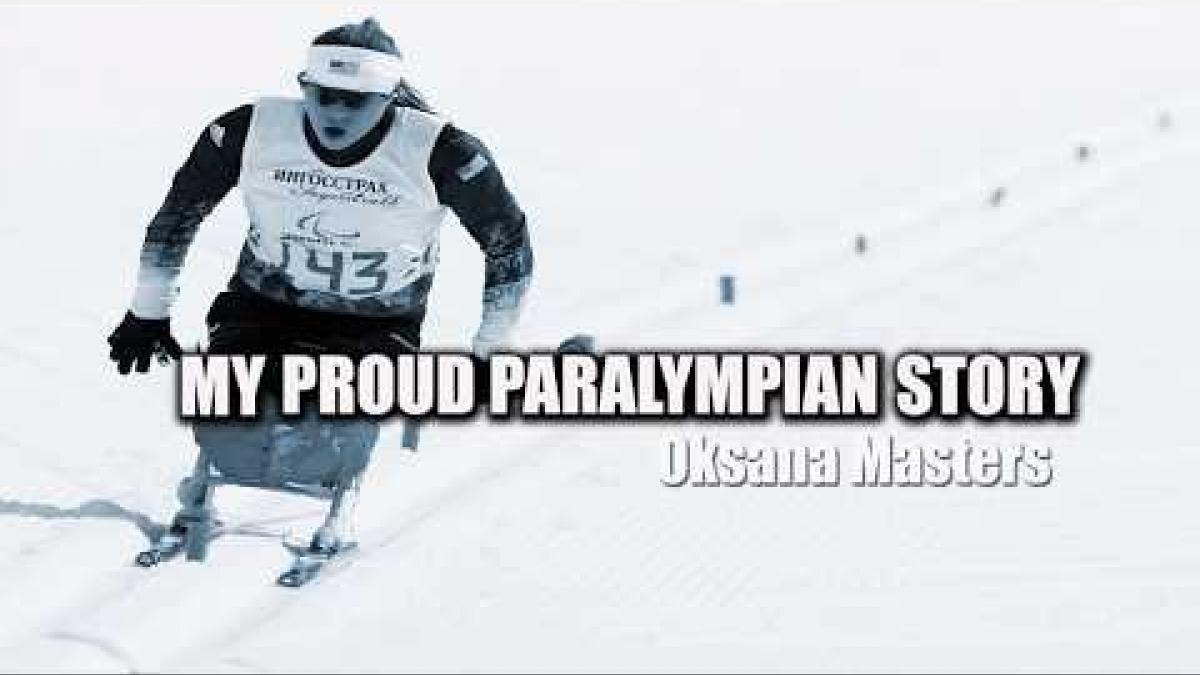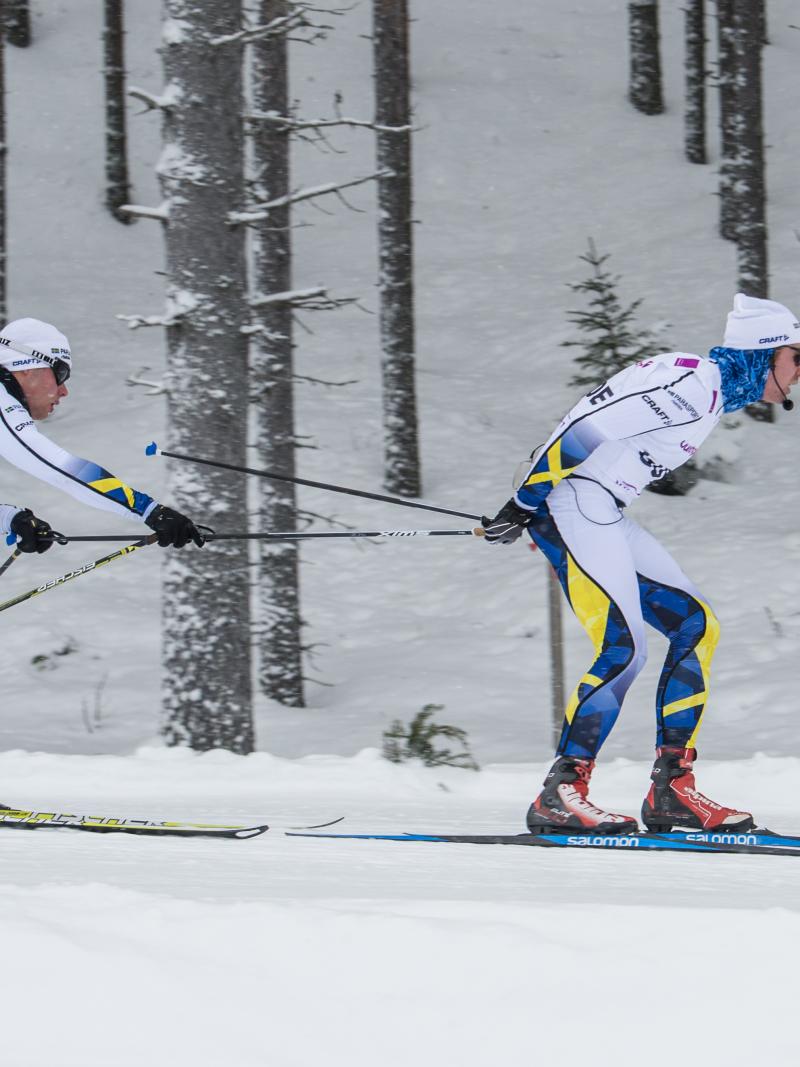Workout Wednesday: USA’s Oksana Masters
Nordic skier’s gamble in changing training routine ahead of Paralympic season pays off 14 Feb 2018Cross-country specialist Oksana Masters often went under the radar in her secondary discipline, biathlon. Even the athlete herself has tended to keep her expectations for biathlon races low, saying at the start of this season that at the 2018 Paralympic Winter Games she would be happy to get any spot on the biathlon podium.
But this could all change after the tremendous success Masters enjoyed at the first stop of the World Para Nordic Skiing World Cup where she beat out more experienced biathletes to win all three sitting biathlon races.
Looking back, Masters’ success in Canmore, Canada should not come as that much of a surprise considering the risky, but effective changes she made to her training ahead of her fourth Paralympic quest.
In addition to Nordic skiing events at Sochi 2014, Masters has also competed in rowing at London 2012 and Para cycling at Rio 2016. Here she gives us a look at the training that transformed her from another medal hopeful in biathlon into one of the athletes to beat at PyeongChang 2018.
“The biggest change leading into this season with my training is that I choose to opt out of competing in my summer sport of hand-cycling and training for those World Championships, so the only thing I am focusing on with my fitness is peaking in March for the Paralympic Games. It has been challenging mentally and physically because I am used to starting a Nordic season with more strength and better fitness but the difference was, it wasn’t all specific fitness and strength like what I have been working on this summer just for Nordic and biathlon.
“The biggest challenge as a Paralympic athlete during a Paralympic season is staying healthy and free of injuries. I think a lot of people don’t realise that most Paralympic athletes train and race hard with the same muscle groups as they do in their day to day lives whether it’s in a wheelchair, prosthetics, or visually impaired. Recovery is very important for all athletes and more crucial for Paralympic athletes. Pushing through snow to get groceries in a wheelchair is still a workout that an Olympic athlete would not think twice about. So during the Paralympic year it’s very hard to make sure you stay healthy and injury free.
“Because I am only choosing to train and peak for one sport this season I am able to have more rest between workouts and make sure I am fully recovered between each training block. The training load has not been crazy high as it has been in the past, training for two sports, and so far I am staying healthier longer and am able to put more into my training.
“I am still completely shocked about my results in Canmore in biathlon. There are many factors to the progression of my biathlon races, one of which is that I spent a lot of time shooting this summer which helped me get my ‘shooting base.’
“Also, I have a rifle that is now custom made to my hands specially. Since I can’t feel the actual trigger and how much pressure I am applying it helps to have a 100 percent custom stock so I am not adjusting to my rifle.
“Our team has also been working with a sport psychologist specifically for biathlon, which has helped me a lot in the range.
“Having such good success in Canmore definitely gives me confidence knowing I can be completive in biathlon as well as cross-country skiing. I would love to race all six races between cross-country skiing and biathlon and be a part of a team relay (at PyeongChang 2018) but I will make that decision closer to the Games.”
The Paralympic Winter Games take place in PyeongChang, South Korea from 9-18 March. Tickets can be purchased here.





